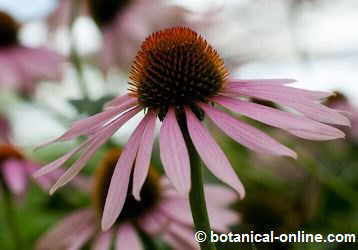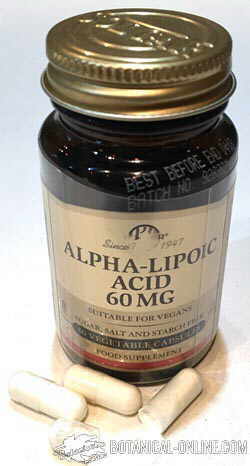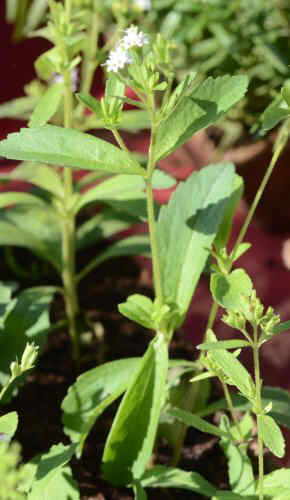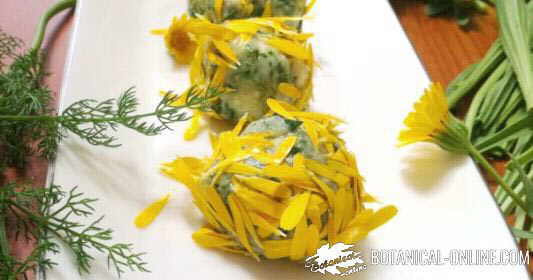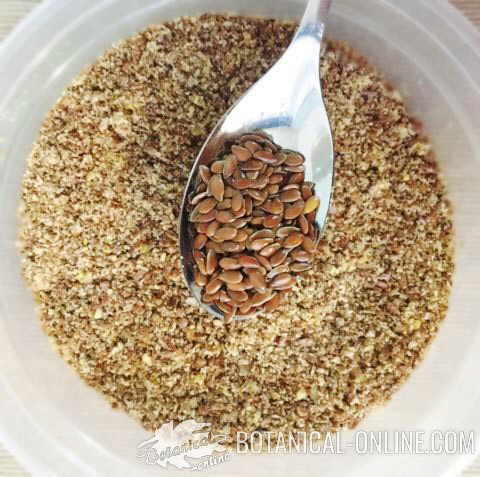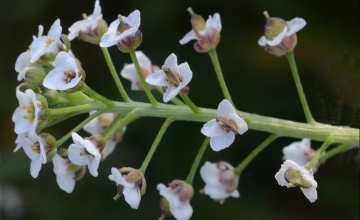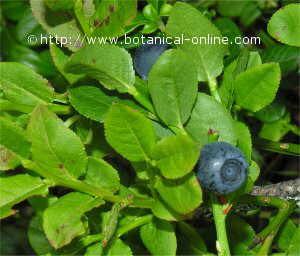Contents
(Althaea officinalis L.)
DANGERS OF MARSHMALLOW
Is marshmallow a toxic plant?
No, marshmallow (Althaea officinalis) is not a toxic plant.
Marshmallow is used in herbal medicine for its richness in mucilage, a soluble fiber with demulcent effect, which is not toxic, although it can have side effects.
* More information on the side effects of marshmallow.
What are marshmallow components?
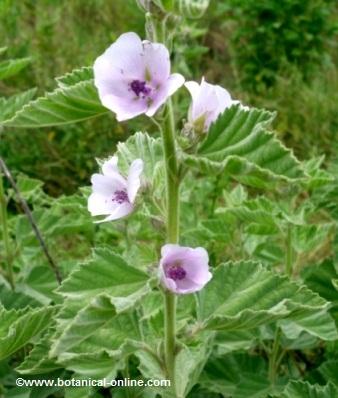
Photo of marshmallow leaves and flowers
- A plant rich in mucilage and fiber (30%), in all parts of the plant and especially in the roots: pectin, cellulose, hexose, xylose, galacturonic acid, arabinose, rhamnose, uronic acid
- Asparagine
- Vitamin C and betacarotene (especially the leaves)
- Fatty acids: malvalic acid
- Flavonoids: kaemferol, quercetin
- Tannins (2%)
- Alkaloids: betaine (root)
- Phytosterols (root)
- Essential oil
Principles and toxic hazards of marshmallow
- No toxic effects have been described in humans because of marshmallow use. People with diabetes should use it with caution, because its fiber content can influence blood sugar levels.
- When this plant is harvested, you must be careful to properly wash the leaves, and realize that they have not been contaminated by grazing animals or pets, polluted rivers or pesticides from nearby crops. Some of these contaminants may cause infectious diseases (bacteria transmitted by animals) or chemical poisoning.
Marshmallow during pregnancy and breast-feeding
There are no studies that verify plant safety during pregnancy and lactation. However, it contains betaine (alkaloid), mostly in its roots. The alkaloid betaine has abortifacient properties, so marshmallow is contraindicated in pregnancy.
![]() More information on marshmallow.
More information on marshmallow.

